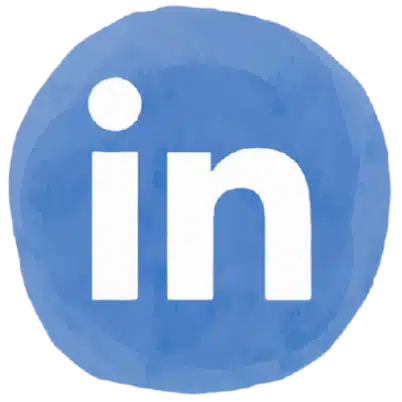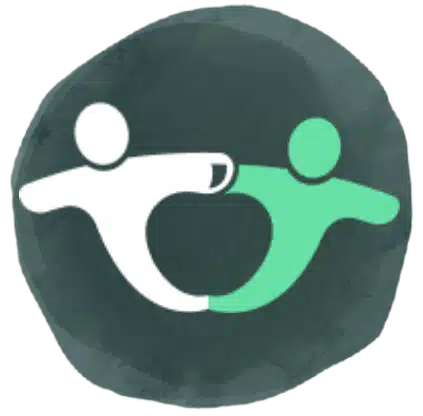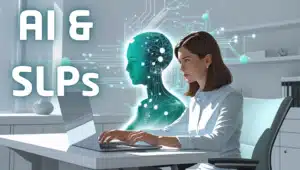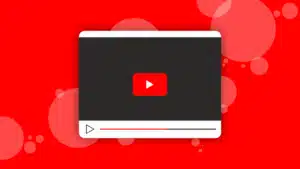
Yearly Initiatives: Transform Your Speech Therapy Sessions!
Feeling overwhelmed by IEP meetings and juggling multiple speech therapy goals? You’re not alone! This blog post dives deep into the world of strategic planning. It offers tips and tricks to maximize student progress and transform your therapy sessions. Here, we’ll explore the concept of yearly initiatives. This powerful approach can streamline your planning and supercharge your students’ learning.
Streamlined Goal Setting with Yearly Initiatives
Traditionally, we’ve used cyclical approaches for phonological processes. But have you considered extending this idea to encompass broader language development? This post explores the magic of yearly goal initiatives. It involves choosing a specific language area you focus on for the majority of your caseload throughout the year.
Here’s why yearly initiatives are a game-changer:

- Deeper Dives: Focus on crucial areas like problem-solving, inferencing, prefixes/suffixes, defining/describing, or comprehension instead of broad or multiple themes. This allows for a deeper dive and more impactful therapy.
- Cohesive Learning Journey: Focusing on one area creates a cohesive and effective learning journey for your students. This ensures all activities build upon each other.
- Research-Backed Benefits: Studies on spaced repetition show that distributing learning over time with focused practice sessions leads to better long-term retention.1 This aligns perfectly with yearly initiatives. Students engage with a key skill throughout the year, solidifying their understanding and building strong memory pathways.
- Myelination Matters: Research on myelination suggests that repeated practice strengthens the connections involved in a skill.2 The focused sessions encouraged by yearly initiatives can promote myelination. This increase the speed and efficiency of processing the targeted skill.
Individualization Within the Initiative
While your yearly initiative guides your planning, you can certainly individualize goals within it. This might include:

- Adjusting difficulty levels (e.g., percentage accuracy, task complexity)
- Tailoring prompting strategies (frequency, type)
- Shifting focus (utilizing similar materials for other purposes)
- Utilizing individualized rubrics for assessment
Example: Let’s say your yearly initiative is problem-solving.
- Joe: Focuses on identifying problems in longer stories, creating multiple solutions, and predicting outcomes.
- Jane: Needs visual aids and shorter stories to identify problems and may require prompting to create solutions. Uses the same rubric as Joe.
- Carl: Works on explaining solutions with appropriate pragmatics and grammar. Also provides a model for higher level problem-solving for the other students.
Sample Yearly Initiatives:
- Problem-Solving (social and safety scenarios, sequencing, predictions, wh-questions)
- Inferencing & Context Clues (predictions, character traits, vocabulary, multiple meaning words, non-literal language)
- Prefixes & Suffixes (vocabulary building, context clues)
- Defining & Describing (categories, antonyms, synonyms, multiple meaning words, inferencing, forming wh- questions, vocabulary)
- Comprehension (wh- questions, main idea, summarizing, story arc, sequencing)
Finding the Perfect Balance: Goals and Efficiency
Now, let’s talk about IEP goals. Most language students require at least two therapy goals. However, bombarding them with too many can be counterproductive. This aligns with Cognitive Load Theory, which suggests that overwhelming working memory with excessive information or tasks impedes effective learning.3
Here’s a good rule of thumb: Limit to 2 or fewer goals per 30-minute/week on the IEP, unless the skills are quick to learn or complement each other (e.g., identifying story elements and summarizing).
5 Goals is the High End: Prioritize focus! With fewer goals, progress accelerates. You can always add more goals later if students master their current ones.
The Power of Focused Sessions: Deep Learning vs. Superficial Exposure
Imagine an orchestra. Are you more likely to learn the music if you spend 5 minutes on each song, or dedicate focused sessions to mastering one at a time? The same principle applies to language therapy.
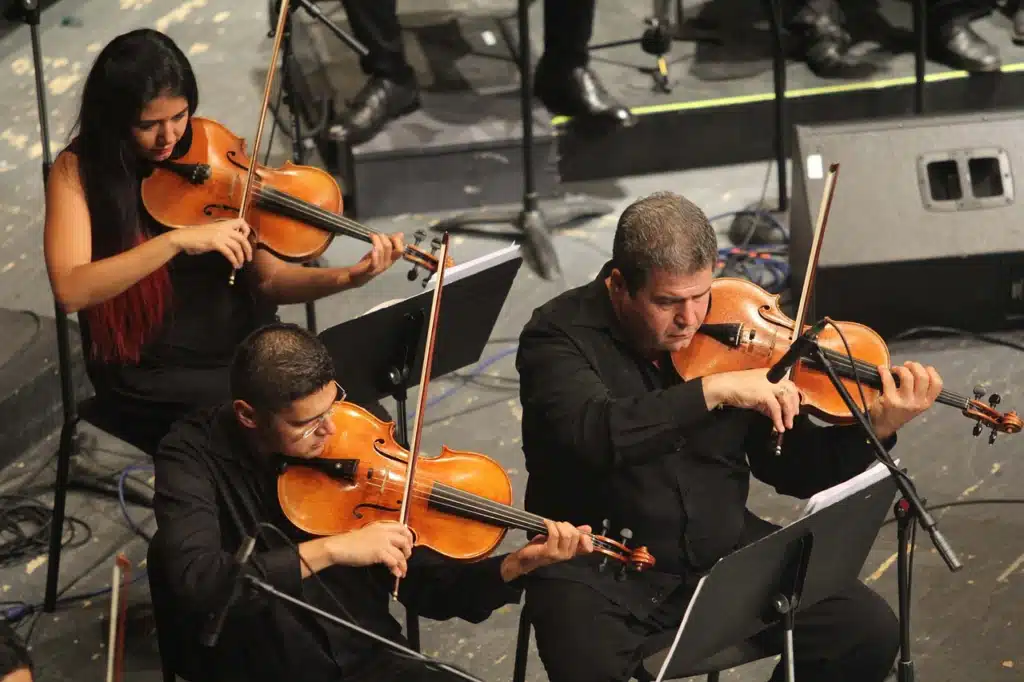
- Deep Learning: By dedicating 3-6 sessions (1-3 weeks) to a single goal, you allow students to truly grasp the concept. They build strong memory pathways.
- Data Collection Made Easy: This focused approach simplifies data collection. Collect data at the beginning, end, and potentially during the middle of a longer cycle. This helps document progress and regression (critical for ESY services). Create a rubric or data probe usable throughout the year for consistent data collection across multiple students.
- Elaboration for Long-Term Learning: By dedicating 3-6 sessions (1-3 weeks) to a single goal, you allow students to truly grasp the concept and build strong memory pathways. This helps them apply their learning to different contexts. This deeper understanding, fostered by elaboration, is crucial for long-term skill development.4
A Personal Discovery: The Unexpected Benefits
This concept wasn’t something I initially planned. In grad school, I was taught to cover each goal every session. It left me feeling overwhelmed! About 10 years ago, after taking a course on executive functioning, I noticed many of my students struggled with these crucial skills. Naturally, the focus of their IEP goals shifted to address these deficits.
The unexpected result? A year-long focus on problem-solving! This unintentional initiative highlighted the importance of these skills and created a cohesive therapy journey for my students. All activities built upon each other, addressing their specific needs. Interestingly, the collaborative environment fostered unexpected benefits. Students seemed to learn from each other’s problem-solving strategies, creating a more engaging atmosphere.
Planning Efficiency and Deeper Learning: A Win-Win

The impact wasn’t limited to student learning. My own planning became much more efficient. Therapy materials were readily available, student goals were clear, and data collection was streamlined. We weren’t constantly switching gears – we were all focused on mastering the same core skill, allowing for deeper learning and richer student interaction.
This experience truly solidified the power of yearly initiatives in my therapy sessions. It’s a framework I wholeheartedly recommend to any speech therapist looking to maximize student progress, lesson planning, and create a more cohesive learning journey.
But It’s Not Perfect: Considerations for Yearly Initiatives
While I’ve witnessed the positive impact firsthand, and some research supports this approach, there are limitations to consider:
- Limited Research: While studies on spaced repetition and myelination offer some support, more research is needed to definitively establish yearly initiatives as “evidence-based.”
- Individualized Needs: Yearly initiatives may not be suitable for every child on your caseload. Consider developing two initiatives targeting different areas of language for diverse needs.
- Stimulus Material: Because you’re focusing on the same skill, you’ll need a variety of engaging activities and materials to keep things fresh for students. The upfront investment in creating these materials may be higher than with a constantly rotating set of goals.
- Medicaid and District/State Requirements: If you are required to address every goal or need percentages to report for every session, you may have to revise or take time out of the initiative cycle to fulfill these requirements.
Despite these considerations, yearly initiatives offer a powerful framework for planning and delivering effective speech therapy. By incorporating these tips and acknowledging the limitations, you can explore how yearly initiatives can benefit your students and streamline your practice.
Ready to Transform Your Therapy Sessions?
Download our free guide on TPT: Yearly Initiative Template This downloadable resource provides a guide to help you implement yearly initiatives in your own practice.
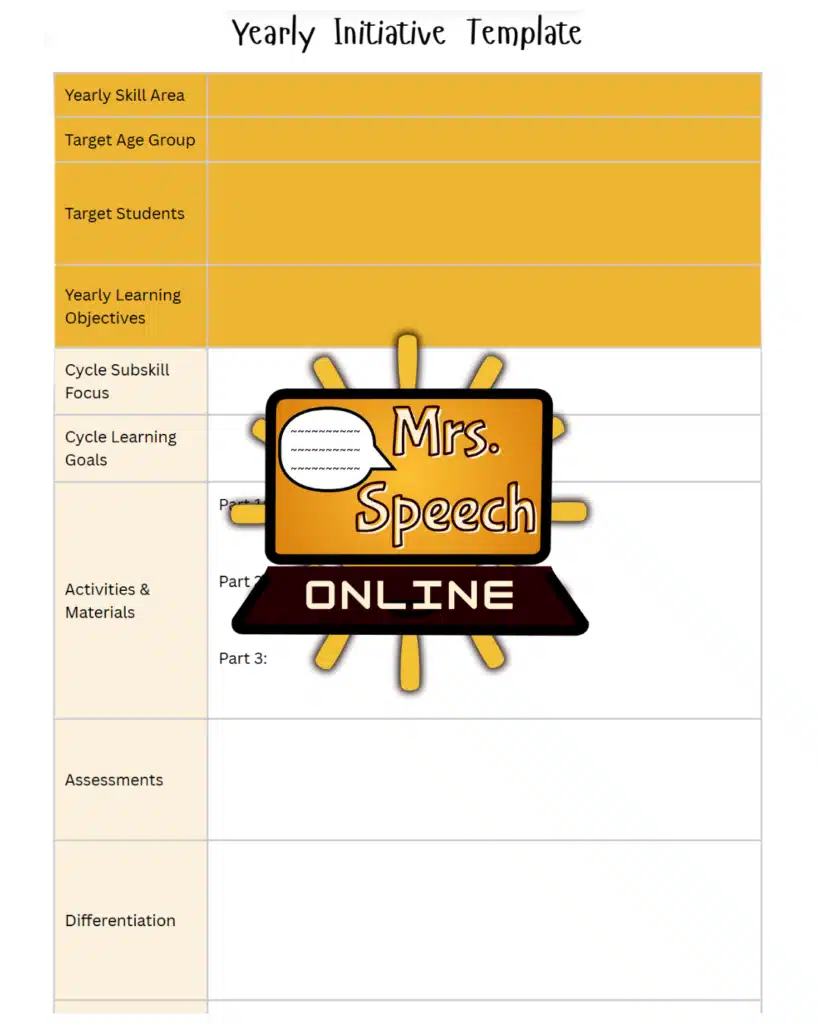
Take Action!

Leave a comment: Share your thoughts and experiences about yearly initiatives! Has this approach transformed your therapy sessions?
By incorporating yearly initiatives and focusing on deep learning through focused sessions, you can maximize student progress and transform your speech therapy sessions!
Social Media Icons: designed by rawpixel.com – Freepik.com
References:
- Cepeda, N. J., Pashler, H., Vul, E., Wixted, J. T., & Rohrer, D. (2006). Distributed practice in verbal recall tasks: A review and quantitative synthesis. Psychological Bulletin, 132(3), 354–380. https://doi.org/10.1037/0033-2909.132.3.354 ↩︎
- Fields, R. D. (2008). White matter in learning, cognition and psychiatric disorders. Trends in Neurosciences, 31(5), 268–277. https://doi.org/10.1016/j.tins.2008.04.001 ↩︎
- Sweller, J. (1988). Cognitive load theory, learning difficulty, and instructional design. Learning and Instruction, 1(1), 53–62. ↩︎
- Bjork, R. A. (1994). Memory and metamemory considerations in the training of human beings. In J. Metcalfe & A. P. Shimamura (Eds.), Metacognition: Knowing about knowing (pp. 185–205). MIT Press. ↩︎






